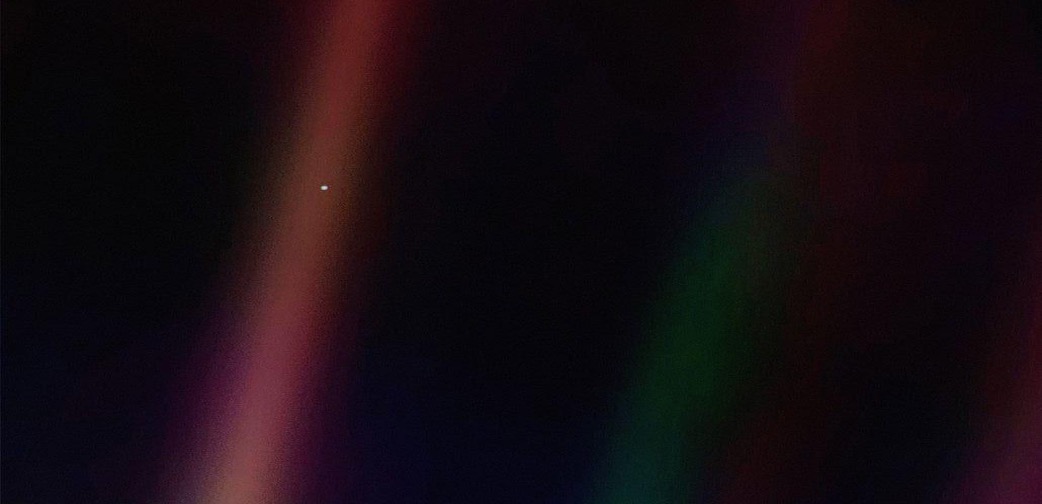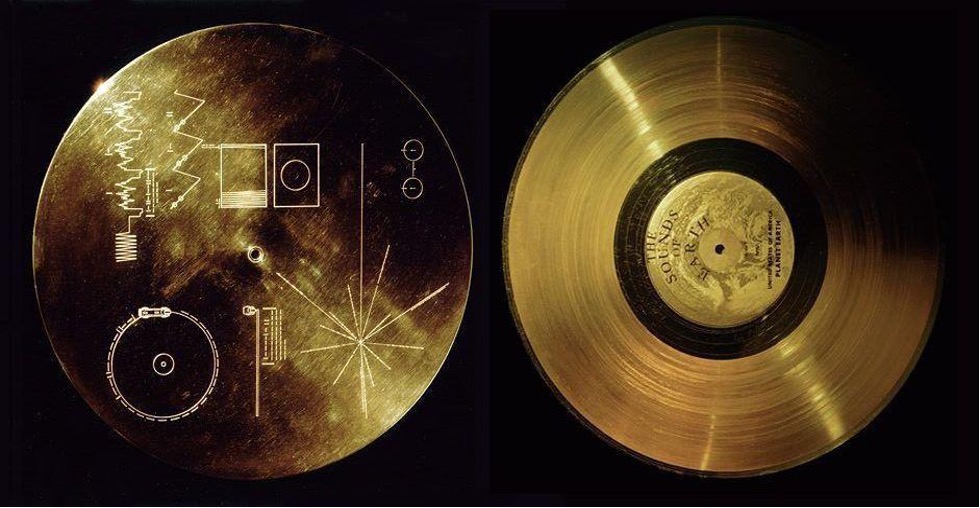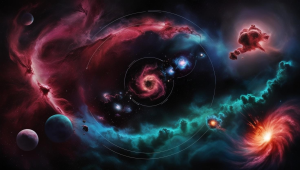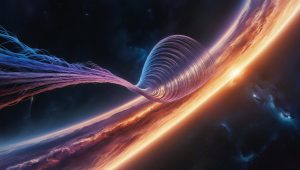
WORMHOLES:COSMIC SHORTCUTS
What if you could rocket from Earth, not to the Moon or Mars, but down a wormhole that loops all the way across the vast Milky Way, slashing travel time
If you go outdoors on a clear evening and also search for it, you might have the ability to see Jupiter beaming brilliantly amongst the celebrities. At the exact same minute, over 14.5 billion miles away and not a likely leader is still difficult at the workplace examining the gap much past our planetary system. That leader is the Voyager 1 spacecraft, and also it stays one of the most far-off human-made things from Planet after over 45 years of worldly traveling.
Released in 1977, Voyager 1 was produced a enthusiastic goal – to research the external worlds of our solar system up close throughout an unusual placement when their orbits brought them closest to Planet. Over the years that complied with the durable spacecraf done extraordinary flybys of Jupiter, Saturn and also their moons enabling researchers to see these unusual globes in outstanding information for the very first time.
Several of Voyager 1’s searchings were transformative. By researching the climate condition plus magnetic fields of the gas titans scientists got crucial understanding right into exactly how earth’s create and also progress. The exploration of energetic volcanoes on Jupiter’s moon Io disclosed that little moons can have significant geological pressures at the office. And also the stumbling radio signals from Voyager as it passed behind the worlds validated mathematically that the earths do without a doubt warp deep space, bending electromagnetic waves, as Einstein’s concept of basic relativity forecasted.
Yet like a walker that chooses to continue trekking after seeing their initial location Voyager 1 really did not quit after finishing its prime objective purposes. After rising past Saturn in 1980, the spacecraft maintained moving far from the Sun making use of the gravity increases from each earth flyby like a avoiding rock throughout a relaxed lake.
While leaving the planetary system behind Voyager 1 came to be NASA’s initial interstellar emissary to the bigger galaxy. In 1990 it notoriously transformed its cam about to record a thrilling “” Pale Blue Dot”” picture of Planet from 3.7 billion miles away– a simple yet extensive photo triggering representations on our singular location in deep space.
After going across the limit where solar winds subside in 2012, Voyager 1 made headings once more as the initial spacecraft to leave our solar bubble together with go into deep space. Though no more able to catch brand-new photos, its clinical tools proceed carefully transmitting back records regarding the unique bits as well as magnetic fields it runs into.
Regardless of its age and also decreasing source of power from long lasting plutonium batteries Voyager 1 stays in remarkably good health many thanks to its sturdy layout together with a devoted group that adjust running treatments as systems weaken. NASA anticipates the spacecraft to go on till around 2025 when its generators ultimately go out.
Also after that this intrepid traveler will certainly proceed silently wandering forward forever progressively leaving our solar community behind on a pointless trip amongst the celebrities of the Milky Way galaxy. If unhindered for numerous centuries maybe come across one more unusual planetary system lugging a gold message consisting of audios, pictures along with introductions from 1970s Planet.
Voyager 1 has actually currently taken a trip further than any person can have reasonably thought of when it was released almost half a century earlier. Yet its real tradition might be seen as a charming sign of mankind’s inherent drive to discover plus decipher the tricks of development nonetheless. Like an old seafarer ship lastly going away over the unidentified perspective where this planetary ambassador inevitably winds up is much lesser than its worthy depiction of our common mission to maintain traveling right into the midsts of sea as well as room.

What if you could rocket from Earth, not to the Moon or Mars, but down a wormhole that loops all the way across the vast Milky Way, slashing travel time

Stars, the dazzling points of light that fill up the evening skies are the foundation of galaxies plus the cradles of life itself. From their birth in large clouds of

In the mission to recognize deep space mankind has actually developed progressively effective devices to observe deep space. Completion of this venture is the Extremely Large Telescope (ELT) which is

Space debris, also known as space junk, refers to the defunct artificial objects orbiting Earth. These objects include decommissioned satellites, spent rocket stages, and fragments from collisions and explosions.

The search for exoplanets– planets that orbit stars outside our planetary system– has actually quickly developed into one of the most interesting and dynamic fields of astronomy

Gravitational waves stand out as a remarkable finding in today’s universe explorations. Over a century ago Albert Einstein predicted that these waves exist in the fabric of space-time. By generating
Write to
Jasmine Gogoi at csr@scientifictemperament.com
Let’s develop our society with a scientific heart. Join us to build the scientifically nurtured future →